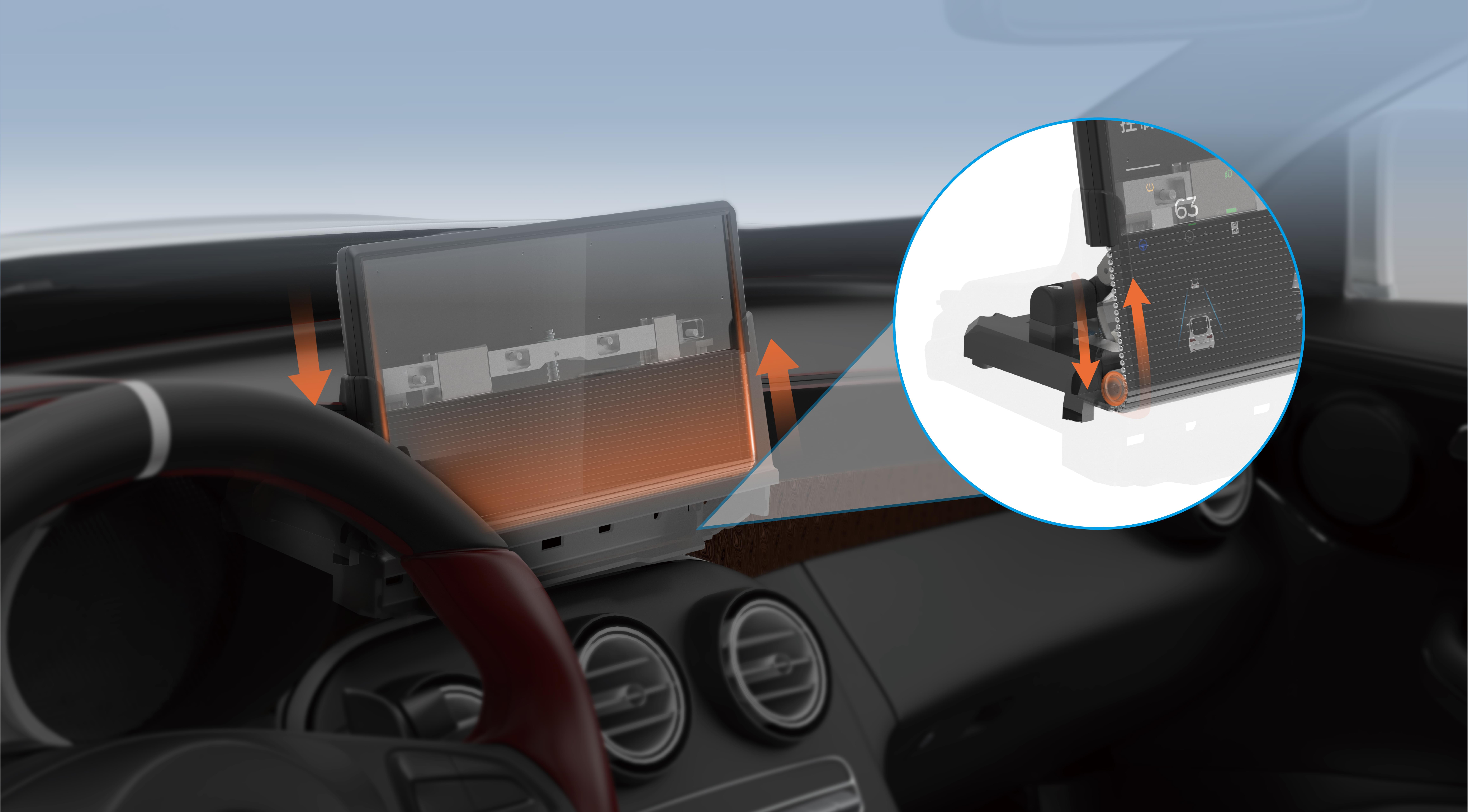Introduction: Discovering the Power of Servo Motors and Arduino Uno
Imagine a tiny robot arm smoothly reaching out to grab an object, or an automated camera gently panning for the perfect shot. These impressive feats are possible thanks to servo motors—compact, precise, and versatile actuators that respond reliably to electrical commands. When paired with a simple yet powerful microcontroller like the Arduino Uno, servo motors become tools for endless creativity, from robotics to automation projects.

In this guide, we'll explore how to control a servo motor with an Arduino Uno. Whether you’re a beginner diving into electronics or an enthusiast eager to bring your ideas to life, this step-by-step approach aims to demystify the process, emphasizing understanding, experimentation, and fun.
Understanding the Basics: What is a Servo Motor?
A servo motor isn't just your typical DC motor. It’s specially designed for precise control of angular position. Unlike generic motors that spin continuously, a servo motor moves to a specific position based on a control signal, then holds that position firmly. This makes them ideal for applications requiring accuracy, such as robotic arms, steering mechanisms, or camera gimbals.
Key features of a servo motor:
Position control: Moves to a specified angle between 0° and 180° (or sometimes 360°, depending on the type).
Feedback system: Contains a built-in potentiometer that constantly feeds back the current position.
Standard control signals: Most hobby servos accept PWM (Pulse Width Modulation) signals, where the duration ('pulse width') determines the position.
Diving into Arduino Uno: The Brain of Your Automation
The Arduino Uno is a staple in electronics projects due to its simplicity, affordability, and vast community support. It’s based on the ATmega328P microcontroller, featuring enough digital I/O pins to control multiple servos, sensors, and other peripherals.
Why choose Arduino Uno for servo control?
Easy programming: Using the Arduino IDE, anyone can write, upload, and test code rapidly.
Library support: The Arduino IDE includes an easy-to-use Servo library that abstracts much of the complexity.
Open-source ecosystem: Tons of tutorials, project ideas, and support are available for beginners and pros alike.
Understanding PWM and the Servo Library
Controlling a servo with Arduino involves sending a PWM signal—a series of electrical pulses with variable width—to tell the servo where to go. The width of the pulse (measured in microseconds) correlates directly with the servo’s angle. For example, a 1ms pulse might correspond to 0°, while a 2ms pulse corresponds to 180°.
Fortunately, the Arduino Servo library simplifies this process. Instead of manually generating PWM signals, you can use the library’s functions to set servo positions directly in degrees. This abstraction allows for more intuitive coding and efficient development.
Setting Up Your Workspace: Hardware Requirements
To start controlling a servo motor with your Arduino Uno, you need a few basic components:
Arduino Uno board: The microcontroller that will run your code.
Servo motor: A standard hobby servo, such as the SG90 or MG996R.
Power supply: Powering multiple servos might require an external power source to prevent overloading the Arduino.
Jumper wires: For making connections.
Breadboard (optional): For easy connections.
Connecting the Components: A Simple Circuit
Here's a straightforward way to connect your servo motor:
Power supply: Connect the servo’s red wire (Vcc) to the 5V pin on Arduino or an external 5V power source if using high-torque servos.
Ground: Connect the servo’s black or brown wire (GND) to the GND pin on Arduino and the power source.
Control signal: Connect the servo’s control wire (often orange or yellow) to a digital PWM pin on Arduino, such as pin 9.
Important tips:
Never connect the servo motor’s power directly to 3.3V; most hobby servos operate at 5V.
Use an external power supply for multiple servos to avoid resetting your Arduino.
Programming Your Arduino: The First Blink with a Servo
Let’s walk through a simple program to move the servo to 0°, then to 180°, with a one-second delay between movements.
#include Servo myServo; // create servo object to control a servo void setup() { myServo.attach(9); // attaches the servo on pin 9 } void loop() { myServo.write(0); // move servo to 0 degrees delay(1000); // wait 1 second myServo.write(180); // move servo to 180 degrees delay(1000); // wait 1 second }
Upload this code to your Arduino using the IDE. Once uploaded, the servo should start moving back and forth between the two positions.
Exploring the Code: How It Works
The Servo.h library is included to simplify servo control.
A Servo object named myServo is created.
attach() links the servo object to a PWM-capable pin—pin 9 in this case.
write() sends a target angle; internally, the library converts this to the correct pulse width.
delay() pauses the program, allowing you to observe the servo’s movement.
This simple experiment opens the doors to countless possibilities—adding sensors, creating animations, or even developing interactive robots.
Safety First: Handling Servos Carefully
Servos can draw significant current depending on their size and load, so be cautious:
Use a suitable power source—preferably, avoid powering servos solely from the Arduino’s 5V pin when multiple or high-torque servos are involved.
Don’t force the servo beyond its mechanical limits to prevent damage.
Keep the servo’s moving parts well-lubricated and free from obstructions.
Next Steps: From Basics to Innovation
Once comfortable with basic movements, you can experiment with more complex functionalities:
Controlling servos with potentiometers for manual adjustment.
Programming smooth sweeping motions for aesthetic effects.
Combining servos with sensors for LED blinkers, robotic arms, or even robotic vehicles.
This foundational knowledge fosters creativity and technical mastery, transforming simple projects into technological marvels.
Stay tuned for Part 2, where we’ll delve into advanced control techniques, real-world project ideas, troubleshooting tips, and exploring the limitless horizon of servo-driven automation with your Arduino Uno.
Leveraging innovations in modular drive technology, Kpower integrates high-performance motors, precision reducers, and multi-protocol control systems to provide efficient and customized smart drive system solutions.




































